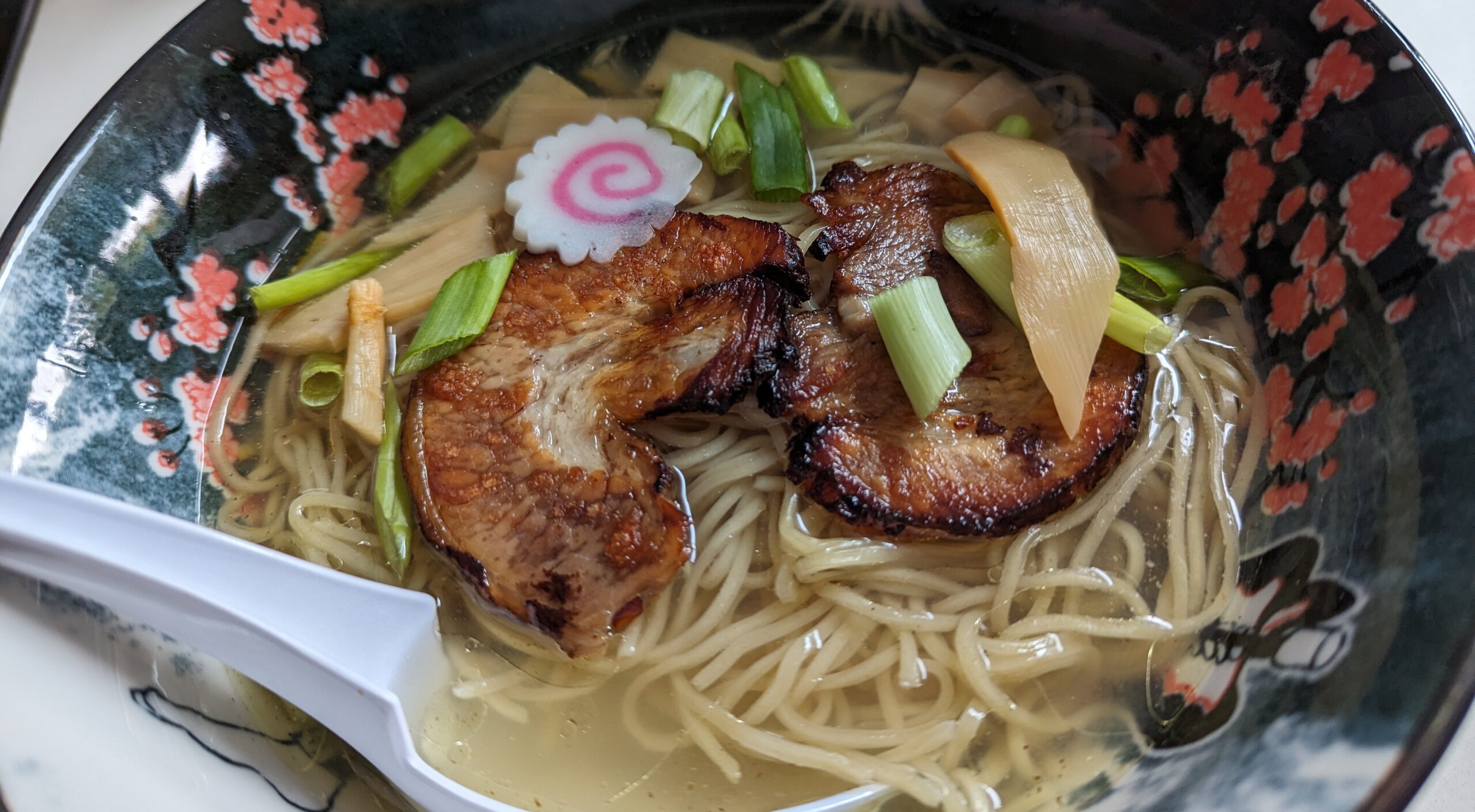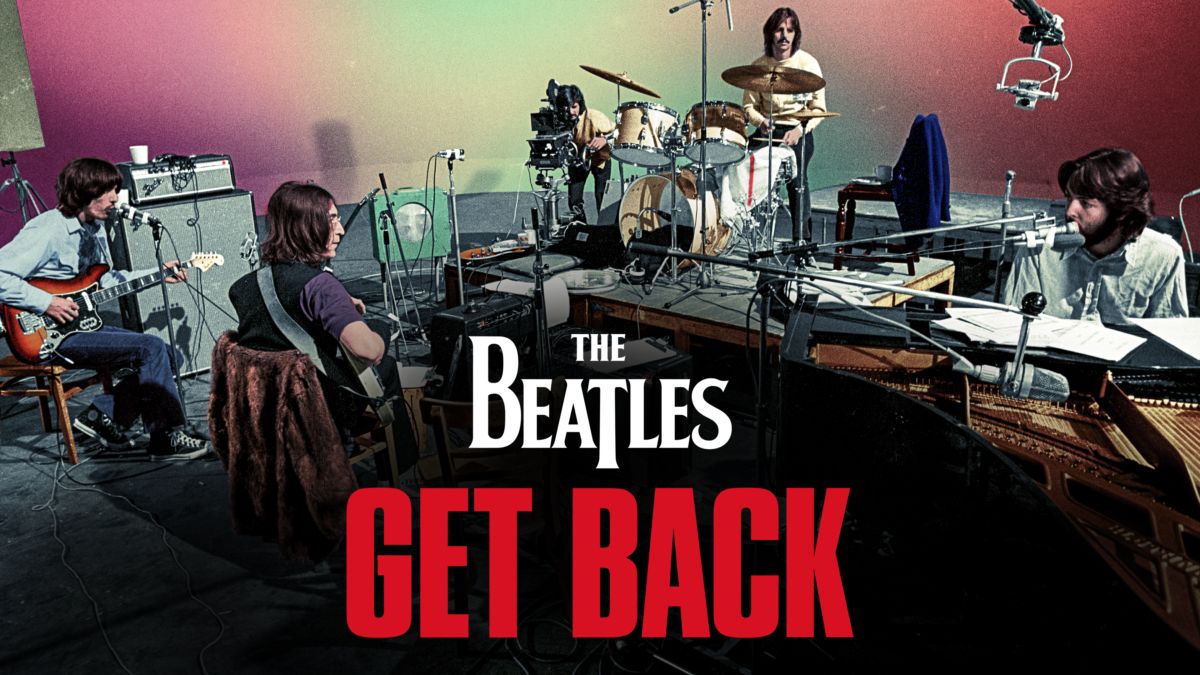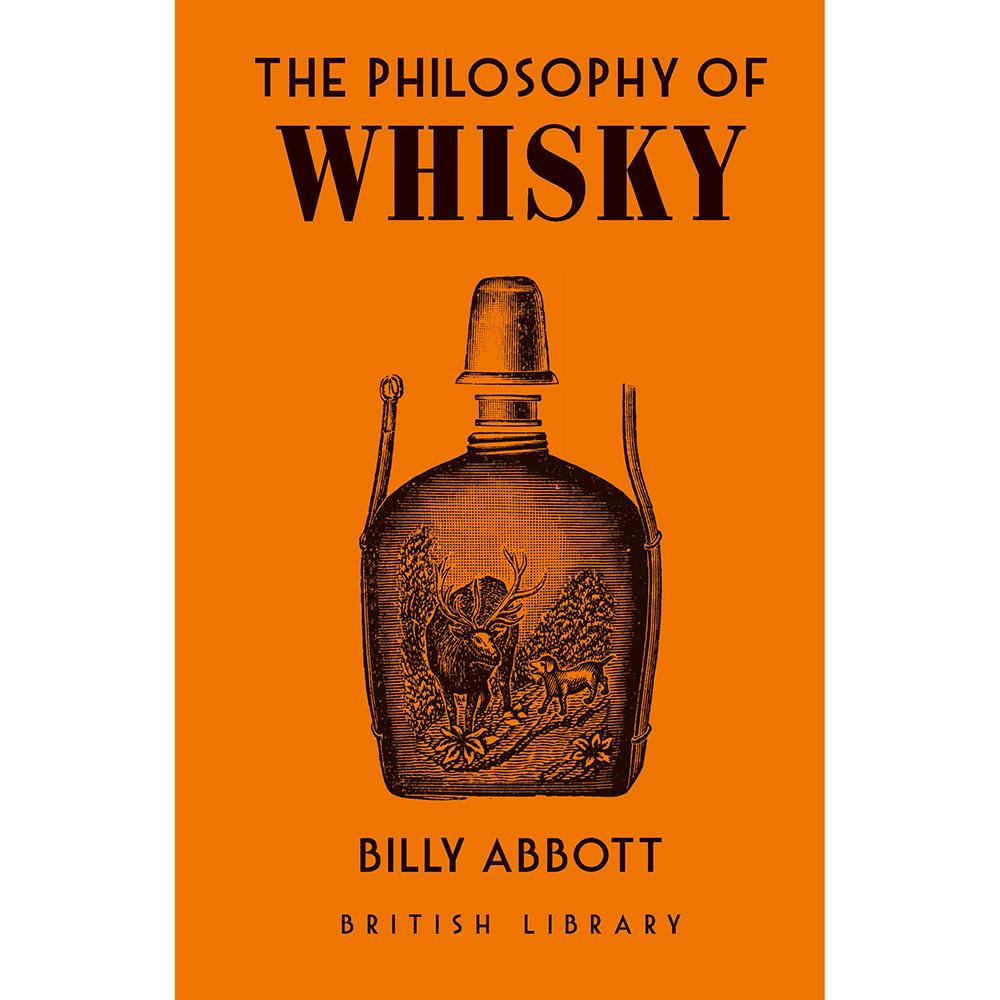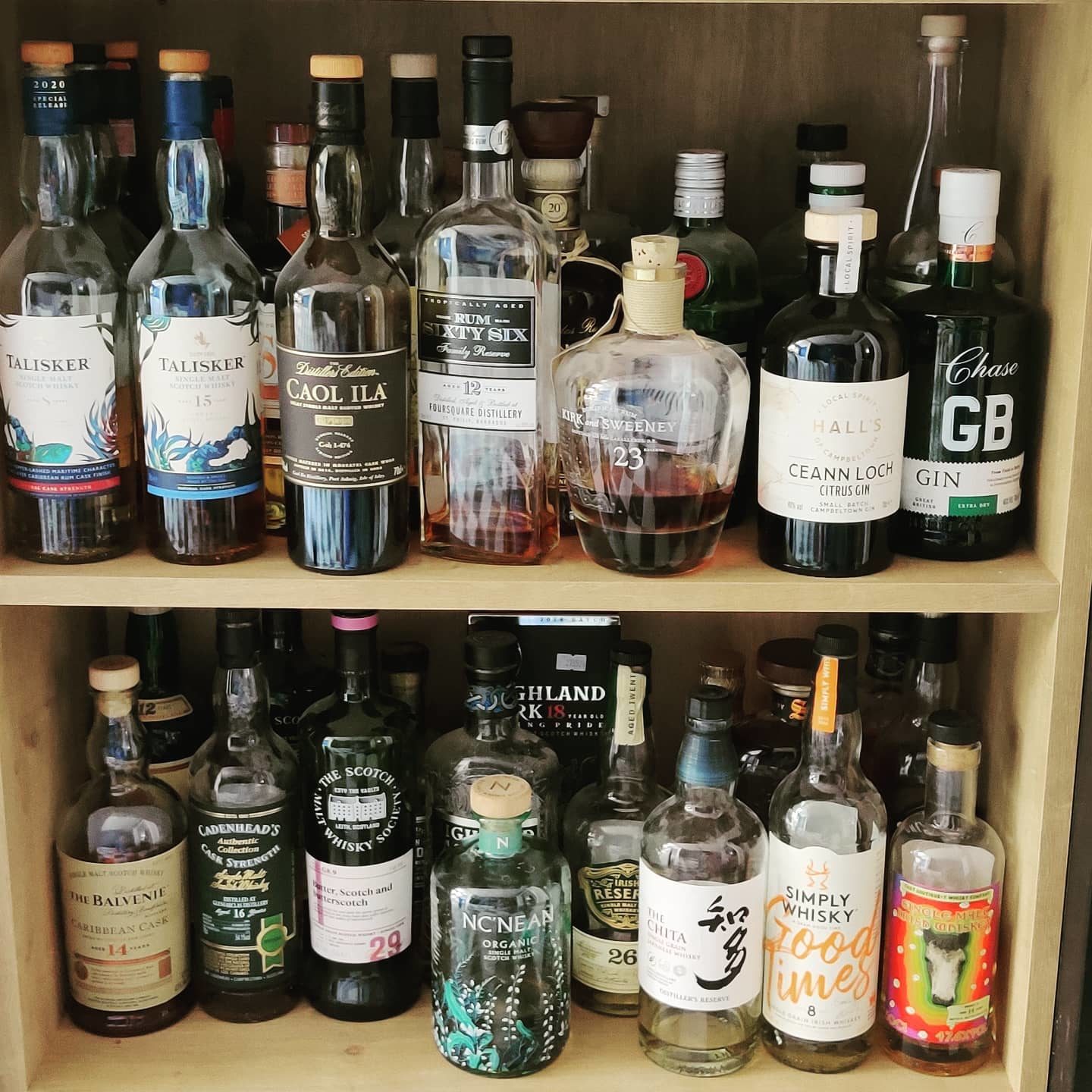Drinking whisky is excellent. The more different types of whisky, the better, as far as I’m concerned. The problem however comes about with the acquisition of many different types of whisky – bottles of the stuff are expensive, often in the range between “slightly” and “perilously” so. Many of the higher-end or more accommodating whisky shops (for example the excellent Berry Brothers & Rudd on St James’s Street) will allow you to sample their bottlings before committing to a purchase, however this is only useful if you’re considering buying one of their bottlings, or indeed live in London and can get to their shop.
Buying distillery-bottled miniatures is all well and good, however the range on the market is fairly limited and not much use if you’re interested in trying some of the more esoteric expressions of brands you love.
Fortunately, the geniuses over at Master of Malt (who – incidentally – have one of the best whisky web-based shopfronts I’ve ever seen) have come up with the perfect solution to this ever-present dilemma: Drinks By The Dram!
After I expressed humungous amounts of enthusiasm at this concept, the Master of Malt team sent me a couple of free drams and invited me to write an article about it, and that – gentle reader – is what you’re currently looking at.

A “dram” in this case is a small glass vial containing 30mL of the spirit you’ve ordered, sealed with a burgundy coloured screwcap and wax. The label is a raggedly rustic square of textured paper with the name of the spirit typed onto it – straight away the whole thing’s got a sort of organic, renegadey feel to it which immediately made me think “some of these would make a good present for a budding whisky enthusiast…”.
The choice of spirits is immense – currently covering some 375+ different drinks including rare whisky, bourbons, gins, and rums. They range in price from £2.15 up to £77.95 for a dram of 40 year old Glenfarclas (retailing at £1489 a bottle). This is where I think the strength of the range is – the bulk of drams are below £5, and you can use this to create quite interesting tasting groups. I bought drams of the Bruichladdich “Octomore” releases – the 01.1, 02.1 and 02.2 versions, which would have totalled £382.85 for a bottle of each – for about £24.
The drams the Master of Malt crew sent me to try were the Glenmorangie Quinta Ruban and the Bruichladdich 17yo Pedro Ximénez Sherry finish. I took the opportunity to sit down with my whisky-discovering girlfriend and do a spot of tasting.
The Glenmorangie Quinta Ruban (no age statement) is bottled at 46% abv, and is the successor to the earlier series’ Portwood Finish. We decided the colour was a gold with pink blush to it, with a warming glow rather than a sparkle, and a treacly/viscous look about it. The nose revealed sherbet, guava and cinnamon bark, reminding us of Swedish saunas and apple crumble. Tasting extended this with sweet citrus, a tiny hint of smoke, and a faint plastic flavour. The finish reminded me of oranges, although thinking back on it I always wonder if I’m buying into autosuggestion there based on the distillery name.
We noticed that trying to share a 30mL sample between us was a bit tricky, but possible. Ideally though you’d have one dram per person, and that seems perfectly fair enough to me.
Moving on to the Bruichladdich 17yo Pedro Ximénez sherry finish (also 45% abv), the notes we wrote down for colour rather alarmingly said this also pinkish whisky looked a bit like petrol or rosy furniture polish: presumably due to the cask finishing. This whisky was released as a pair alongside a Fino sherry-conditioned bottle as well, and in hindsight it possibly would’ve been a better idea to get that one too… ah well, live & learn. Bruichladdich also released another sherry pair a could of years back – a 10 year old Oloroso and Manzanilla pair. I wonder if they’re just frustrated that you’re not allowed to make sherry in the UK. Hmm. Anyway, in sniffing our glasses we picked up the scent of orange syrup, salt, candied orange peel (like you’d find in mince pie mix), and a faint waft of woodsmoke. The flavour moved up the tongue and rolled back down, a bit like tidal action – giving up further salt, a morsel of peat, a “hot” flavour, and berry fruit. After swallowing it reminded both of us of the departure of the William Curley sea salt caramel we’d tried in Richmond a couple of weeks ago. (Incidentally, for further info about sherry, a nice starting point might be Billy’s excellent post on the topic of sherry)
We enjoyed being able to taste in this manner, as on the balance of it neither bottle seemed like something that would logically leap out as something to buy in and of itself, but tasting them was interesting and fun, and prompted further pondering on what other drams might be worth having a look at.
Extending the concept, those wacky Malty-Mastery-types have also put together a bunch of dram sets – groupings of 5 drams centred around a theme as selected by whisky experts, and they look like they’d each make for a fun tasting evening – I was particularly taken by the Highland set (Brora 30yo, Signatory Clynelish 1995 13yo, Signatory Dalmore 1990 19yo, Edradour 2003 Port Cask and Chieftain’s Choice Glenturret 1990 18yo), the Premium Rum set (Renegade Grenada Westerhall 1996 12yo, Mount Gay 1703, Renegade Trinidad Angostura 1991 17yo, Ron Barceló Imperial and Ron Zacapa XO Centenario Solera Gran Reserva Especial), and wouldn’t object in the slightest if someone wanted to buy me the Old & Rare set (Signatory BenRiach 1966 42yo, Glenfarclas 1952 Family Cask, Duncan Taylor Caperdonich 1968 40yo , Signatory Kinclaith 1969 35yo and Miyagikyou 1988). Or just engineer your own set of drams – it’d make a neat second-place substitute for the poor tortured souls who can’t make it to Whisky Squad sessions.
Already possibilites are springing to mind. And my aching credit card once again begins to twitch in fear.




